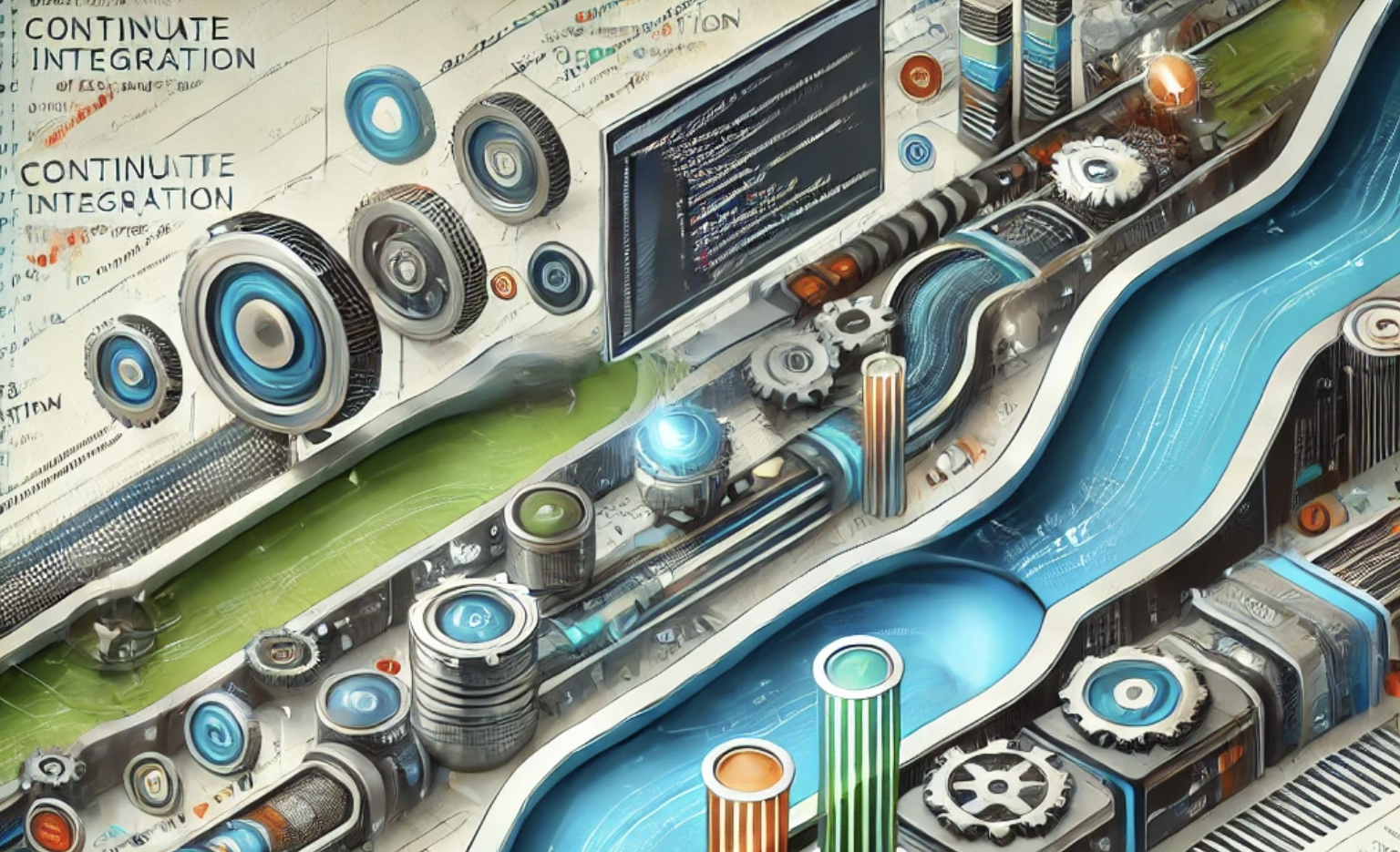CI vs CD: Streamlining Your Development Workflow for Faster, Smarter Deployments

In the fast-paced world of software development, agility and efficiency are key. That’s where Continuous Integration (CI) and Continuous Deployment (CD) come in, transforming how teams build, test, and deliver code. These practices aren’t just buzzwords—they're essential for any development team looking to ship faster, with fewer errors, and more confidence.
But what’s the difference between CI and CD? And how can you leverage both to streamline your workflow? Let’s break it down.
What is Continuous Integration (CI)?
Continuous Integration (CI) is the process where developers frequently integrate code changes into a shared repository, triggering automated builds and tests. The goal is to catch issues early and ensure that the codebase remains functional with every update.
Here’s how CI works:
- Frequent Commits: Developers push code regularly, preventing large, problematic merges.
- Automated Testing: Tools like Jenkins, Travis CI, and CircleCI automatically run tests to catch bugs early.
- Build Automation: Once tests pass, the CI system builds the application, ensuring everything compiles correctly.
The key benefit of CI? It reduces integration problems by allowing teams to detect and address issues early in the development process. This leads to faster feedback and more stable code.
What is Continuous Deployment (CD)?
Continuous Deployment (CD) goes a step further by automating the entire release pipeline. Once code passes all the automated tests in the CI phase, it’s automatically deployed to production, without any manual intervention.
Key aspects of CD:
- Automated Deployments: No waiting for approval—once tests pass, the code is live.
- Immediate Feedback: Teams get immediate insights into the impact of their changes in production.
- Faster Release Cycles: You can release updates frequently, even multiple times per day.
The benefit of CD is clear: faster, more reliable deployments with less room for human error. It’s perfect for agile teams that need to push features or fixes frequently.
CI vs CD: What’s the Difference?
While both CI and CD aim to automate and improve the development process, their roles differ:
- CI (Continuous Integration) focuses on integrating code frequently and running automated tests to catch issues early.
- CD (Continuous Deployment) automates the deployment of code to production, ensuring that every change is delivered quickly and seamlessly.
In a nutshell, CI ensures code is ready to ship, while CD ensures the code gets shipped automatically.
How to Implement CI/CD in Your Workflow
To reap the benefits of both CI and CD, you need to adopt a few key practices:
- Start with CI: Implement a robust CI pipeline with automated tests using tools like Jenkins or GitLab CI. Focus on catching bugs early and ensuring stable code integration.
- Move to CD: Once your CI pipeline is solid, extend it with CD by automating your deployments using tools like Docker and Kubernetes. This will reduce manual steps and improve your release speed.
- Monitor and Improve: After deploying, continuously monitor your applications with tools like Prometheus or Grafana to ensure performance and stability.
Why CI/CD Matters for Your Team
Adopting CI/CD means faster development cycles, fewer bugs in production, and more time spent building features instead of firefighting. It reduces manual intervention, which minimizes the chance of errors and accelerates the feedback loop between coding and production. With CI/CD, your team can release updates confidently and frequently—keeping customers happy and your project on track.
Ready to boost your development process? Visit DailySandbox to explore our free, high-quality templates and tools designed to help developers like you implement CI/CD practices easily. Plus, sign up for our free daily newsletter to receive expert tips, tools, and tricks that will supercharge your development skills.


Comments ()